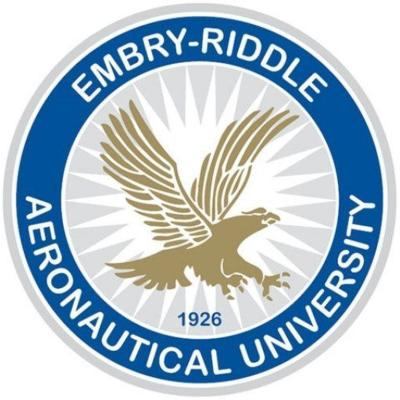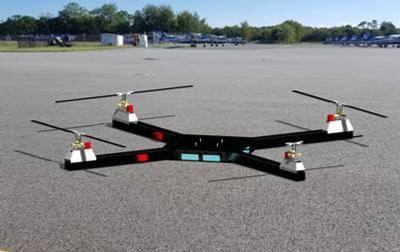Mon, Dec 27, 2021
Receives FAA Safety Research Grant To Design Testing Procedures for Certification
The Department of Aerospace Engineering at Embry-Riddle Aeronautical University has added some more prestige to the institution as a hub of aviation safety research with an FAA grant to study elements of the eVTOL revolution to come. The study is funded by $625,000 to "enhance the safety of a new class of electric propulsion-powered aircraft."

The research will aim to establish safe guidelines and pathways to certification, as well as the ways that their drivetrains differ from traditional aircraft. It is easy to take the wide knowledge base of stock, fuel based aircraft for granted - they are well understood in their failure modes, needs, and issues even in emergencies. The instant-on, high-output motors involved in many multirotor aircraft bring entirely different flight dynamics to the table, necessitating a new set of standards to adequately measure their safety. Somewhat like earlier revolutions in aircraft design, a number of competing systems, styles, and layout have all coincided to create a wide variety of flight dynamics. Doctor Pat Anderson, Aerospace Engineering professor and director of the Eagle Flight Research Center and co-principal investigator on the project has been working on the theme for a decade. In 2011, his center's EcoEagle flew as the first manned hybrid battery aircraft in the NASA Green Flight Challenge.

“At the Eagle Flight Research Center, we are well suited to create theoretical models but also to build experimental hardware to validate those models,” said Doctor Kyle Collins. The center has devised a testbed of a quadcopter using avionics to test different control strategies and aircraft behavior, hoping to write the book on what's best in emergency situations. “The difficult part of the adoption of a new type of aircraft propulsion is the safety aspect. We need to ensure that these new classes of aircraft have the same level of safety that we have all come to expect from commercial air travel," said Anderson.
“At the Eagle Flight Research Center, we are well suited to create theoretical models but also to build experimental hardware to validate those models,” Collins said.
More News
Airplane Bounced About 3 Ft Then Touched Back Down And Then, With No Brakes Applied, The Airplane Began Veering To The Left Analysis: The pilot entered the airport traffic pattern >[...]
Aero Linx: British Microlight Aircraft Association (BMAA) The primary focus within all aviation activity is SAFETY. In all aspects of our sport SAFETY must come first, whether it b>[...]
From SnF25 (YouTube Edition): William Wynne Builds Practical Aircraft Engines on the Corvair Platform Seeking an affordable alternative to the traditional aircraft engine options, >[...]
How To Get A Story On Aero-TV News/Feature Programming How do I submit a story idea or lead to Aero-TV? If you would like to submit a story idea or lead, please contact Jim Campbel>[...]
From 2023 (YouTube Edition): Bridge of CiES CiES Inc. is a Bend, Oregon-based designer and manufacturer of modular embedded aircraft systems and sensors. The company’s fuel-l>[...]
 NTSB Final Report: Aviat A1
NTSB Final Report: Aviat A1 ANN's Daily Aero-Linx (07.08.25)
ANN's Daily Aero-Linx (07.08.25) Classic Aero-TV: Fly Corvairs Reliable Engine Alternative
Classic Aero-TV: Fly Corvairs Reliable Engine Alternative ANN FAQ: Contributing To Aero-TV
ANN FAQ: Contributing To Aero-TV Classic Aero-TV: CiES Fuel-Quantity and e-Throttle Systems Praised
Classic Aero-TV: CiES Fuel-Quantity and e-Throttle Systems Praised




